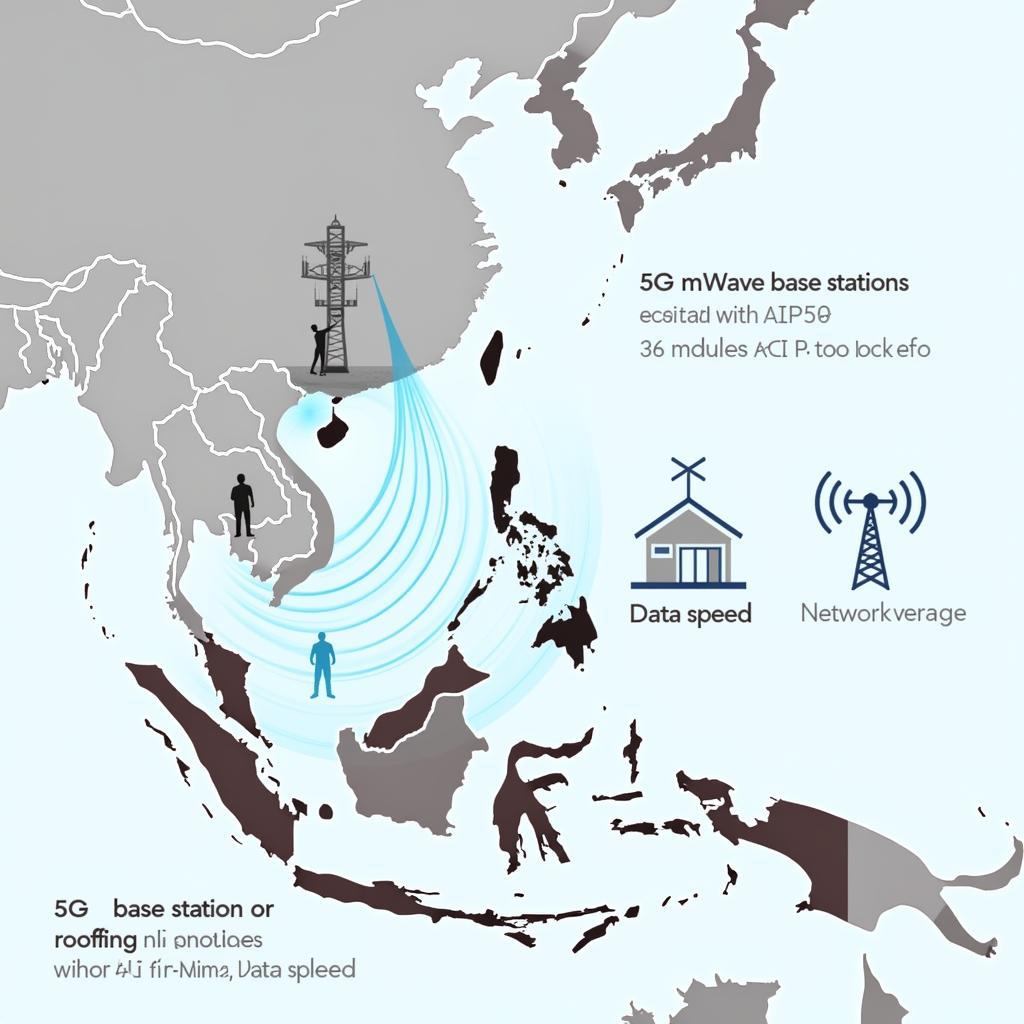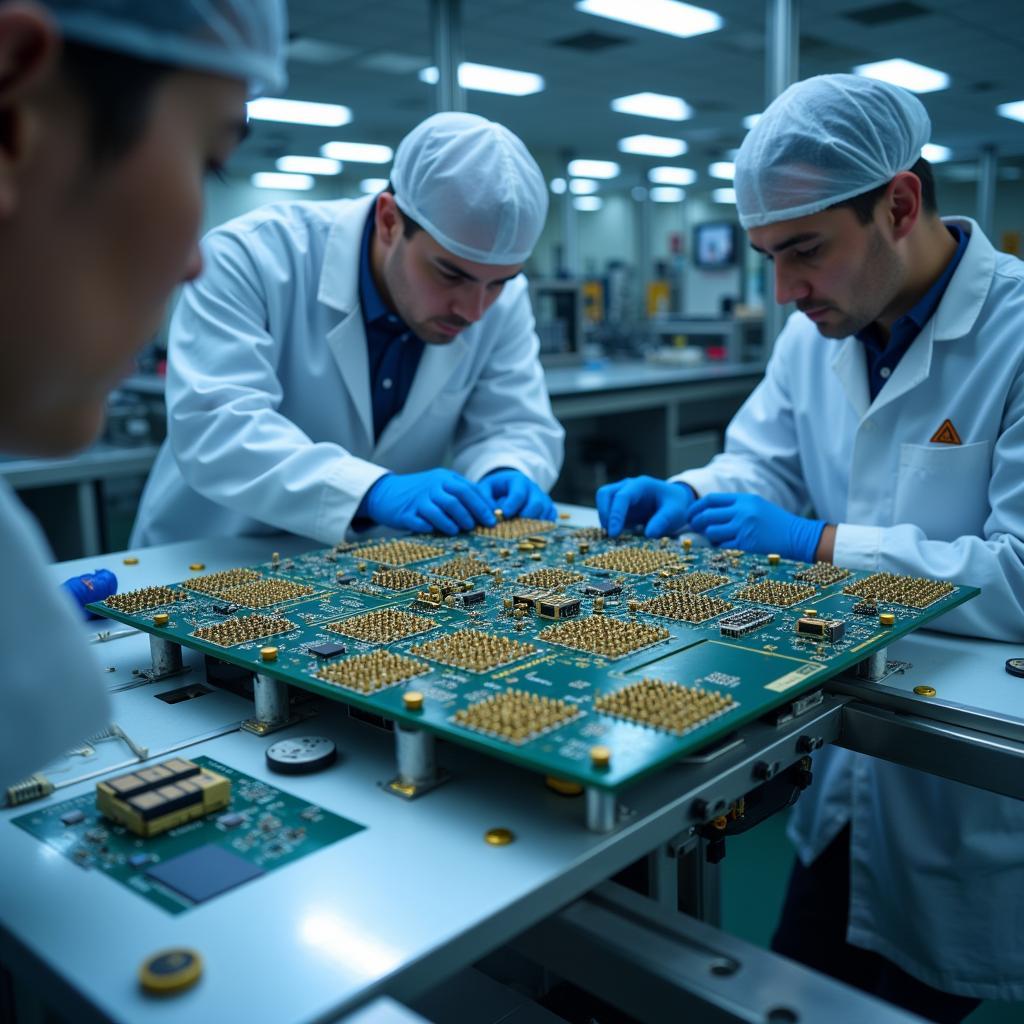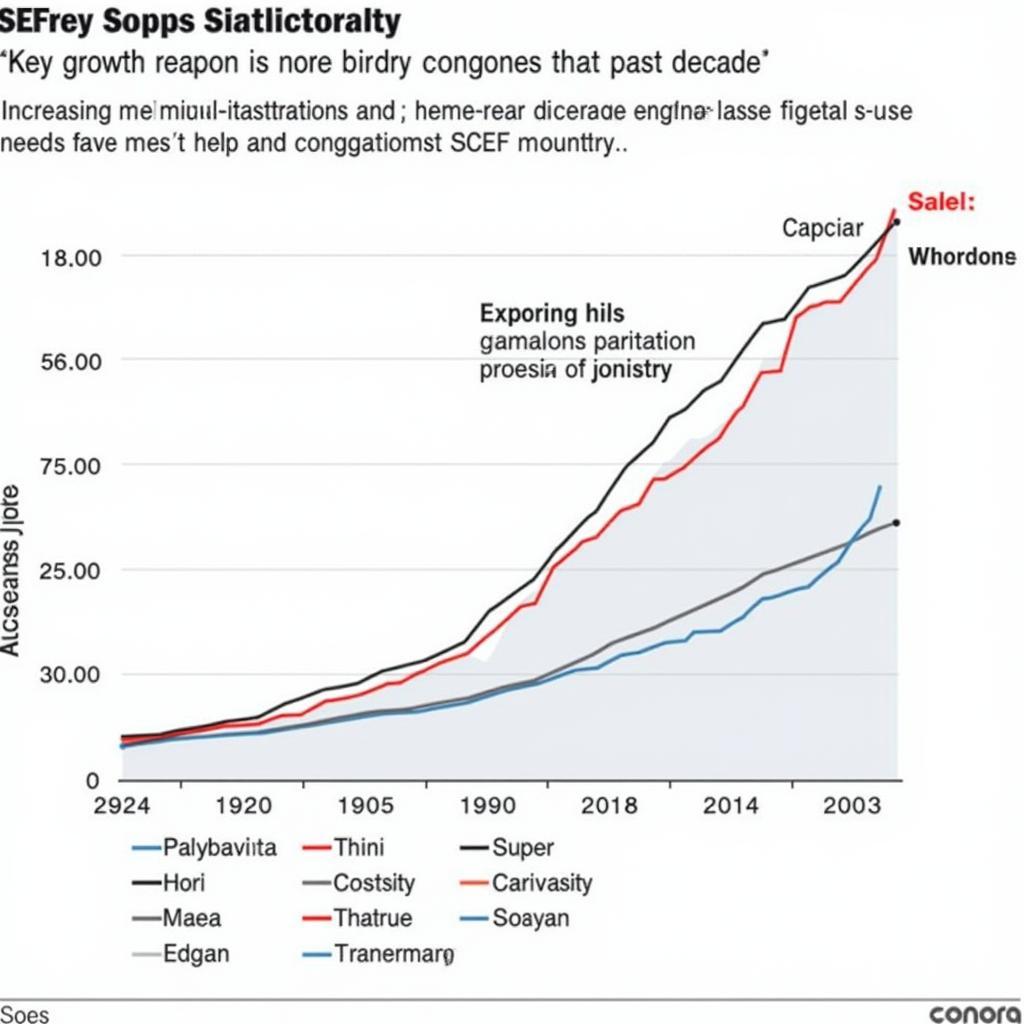Southeast Asia is on the cusp of a technological leap forward with ASEAN countries actively preparing for the integration of 5G mmWave Advanced Integrated Packaging (AIP) RF modules assembling. This move promises to revolutionize industries, enhance connectivity, and unlock new possibilities for economic growth across the region. From smart cities to autonomous vehicles and advanced manufacturing, the potential applications of 5G mmWave technology are vast and transformative.
What is Driving ASEAN’s 5G mmWave Adoption?
The demand for faster data speeds, lower latency, and increased network capacity is fueling ASEAN’s rapid adoption of 5G mmWave technology. This advanced technology offers significant advantages over existing 4G networks, enabling seamless streaming, real-time data processing, and enhanced mobile experiences. Moreover, governments across the region are actively promoting 5G deployment through supportive policies and investment incentives. This commitment is creating a fertile ground for innovation and attracting global technology players to the ASEAN market.
The Role of AIP RF Modules in 5G mmWave Deployment
AIP RF modules are critical components for enabling the high-frequency operation of 5G mmWave networks. These highly integrated modules combine multiple functions, including power amplifiers, filters, and antennas, into a compact package. This miniaturization enables smaller and more efficient 5G base stations, facilitating faster and more cost-effective deployment. Moreover, AIP technology allows for higher levels of integration, improving performance and reducing power consumption.
 ASEAN 5G mmWave AIP RF Modules Deployment
ASEAN 5G mmWave AIP RF Modules Deployment
Challenges and Opportunities in ASEAN’s 5G mmWave Journey
While the potential benefits of 5G mmWave are substantial, several challenges need to be addressed. The high frequency nature of mmWave signals makes them susceptible to attenuation and blockage by buildings and other obstacles. This necessitates denser deployment of base stations and innovative solutions for optimizing network coverage. Furthermore, the cost of deploying and maintaining 5G mmWave infrastructure remains a significant hurdle, particularly for less developed countries within the region. However, these challenges also present opportunities for collaboration and innovation. By leveraging the collective expertise of ASEAN member states and partnering with global technology leaders, the region can overcome these hurdles and unlock the full potential of 5G mmWave.
Building a Robust 5G mmWave Ecosystem in ASEAN
Developing a robust 5G mmWave ecosystem requires collaboration across multiple sectors, including government, industry, and academia. Standardization and interoperability are crucial for ensuring seamless integration and avoiding fragmentation. Investment in research and development is also essential for fostering innovation and developing local expertise in AIP RF modules assembling. Furthermore, fostering public-private partnerships can help accelerate the deployment of 5G mmWave infrastructure and stimulate the development of new applications and services.
 5G mmWave AIP RF Module Assembly Process
5G mmWave AIP RF Module Assembly Process
The Future of 5G mmWave in ASEAN
The future of 5G mmWave in ASEAN is bright, with the potential to transform industries and drive economic growth. From smart agriculture and healthcare to augmented reality and virtual reality applications, the possibilities are endless. As the region continues to invest in infrastructure and develop local expertise, 5G mmWave will become an integral part of the digital economy, empowering businesses, connecting communities, and driving innovation.
“The adoption of 5G mmWave technology represents a paradigm shift in connectivity, enabling ASEAN to compete on a global stage and unlock new economic opportunities,” says Dr. Anya Sharma, a leading telecommunications expert based in Singapore.
“ASEAN has the potential to become a global leader in 5G mmWave deployment, provided it continues to invest in infrastructure and foster a collaborative ecosystem,” adds Mr. Kenji Tanaka, CEO of a leading technology company in Japan.
In conclusion, ASEAN is gearing up for the widespread adoption of 5G mmWave technology, with AIP RF modules assembling playing a crucial role in enabling this transformative shift. While challenges remain, the region is well-positioned to capitalize on the opportunities presented by 5G mmWave, paving the way for a more connected and prosperous future.
When you need assistance, please contact us at Phone Number: 0369020373, Email: [email protected], or visit our address: Thon Ngoc Lien, Hiep Hoa, Bac Giang, Vietnam. We have a 24/7 customer service team.

